The Complete Guide to Colored Contact Lenses: Safety, Best Brands, and How to Choose the Right Ones for You
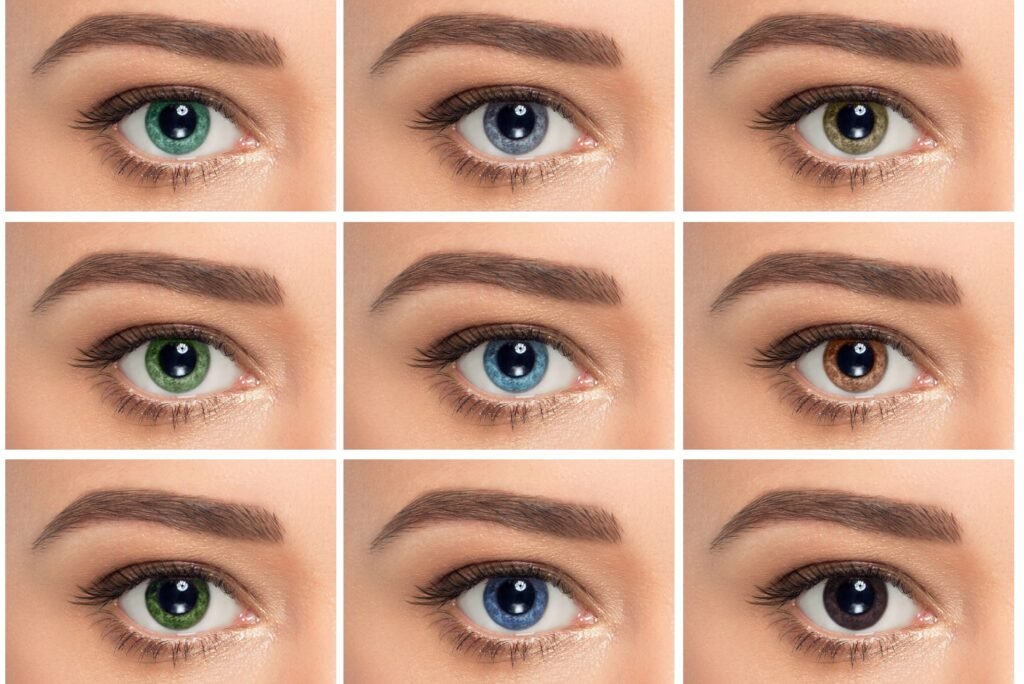
- Are Colored Contact Lenses Safe?
- Best Colored Contact Lens Brands: FDA-Approved Options for 2024
- How to Choose Colored Contacts: A Step-by-Step Guide
- Prescription vs. Non-Prescription Colored Contacts
- Safety Tips for Wearing Colored Contacts
- Where to Buy Safe Colored Contacts
- Cost Considerations and Insurance
- The Future of Colored Contact Lenses
- Conclusion: Enjoying Colored Contacts Safely
- FAQ: The Complete Guide to Colored Contact Lenses (2025)
Colored contact lenses have transformed from a niche cosmetic product to a mainstream fashion accessory, offering millions of people the opportunity to enhance or completely change their eye color. Whether you're looking to subtly enhance your natural eye color for everyday wear or create a dramatic transformation for special occasions, colored contacts can be both safe and effective when chosen and used properly.
However, with the growing popularity of colored contacts comes increased concern about safety, especially with the proliferation of unregulated products sold without proper medical oversight. In this comprehensive guide, we'll explore everything you need to know about colored contact lenses, from safety considerations to choosing the best brands and understanding the difference between prescription and non-prescription options.
Are Colored Contact Lenses Safe?

The safety of colored contact lenses depends entirely on how they're obtained, fitted, and used. Prescription colored contacts from FDA-approved manufacturers are safe when properly fitted by an eye care professional and used according to instructions. However, non-prescription colored contacts sold without medical supervision pose serious risks to your eye health.
According to the FDA, all contact lenses—including decorative and colored ones—are medical devices that must be prescribed by a licensed eye care professional. This requirement exists regardless of whether you need vision correction.
The Risks of Unsafe Colored Contacts
Wearing improperly fitted or unregulated colored contacts can lead to serious complications, including:
- Corneal abrasions: Scratches on the eye's surface that can cause pain and increase infection risk
- Eye infections: Bacterial, viral, or fungal infections that can lead to vision loss
- Allergic reactions: Including redness, swelling, and chronic irritation
- Decreased vision: Both temporary and potentially permanent vision impairment
- Blindness: In severe cases, improper contact lens use can result in permanent vision loss
A recent study highlighted in Optometry Times found that colored contact lenses pose a higher risk of infection and inflammatory events due to their composition, making proper medical supervision even more critical.
Best Colored Contact Lens Brands: FDA-Approved Options for 2024

When choosing colored contacts, selecting FDA-approved brands is crucial for your safety. Here are the top recommended brands that meet strict safety and quality standards:
1. Solotica Contact Lenses
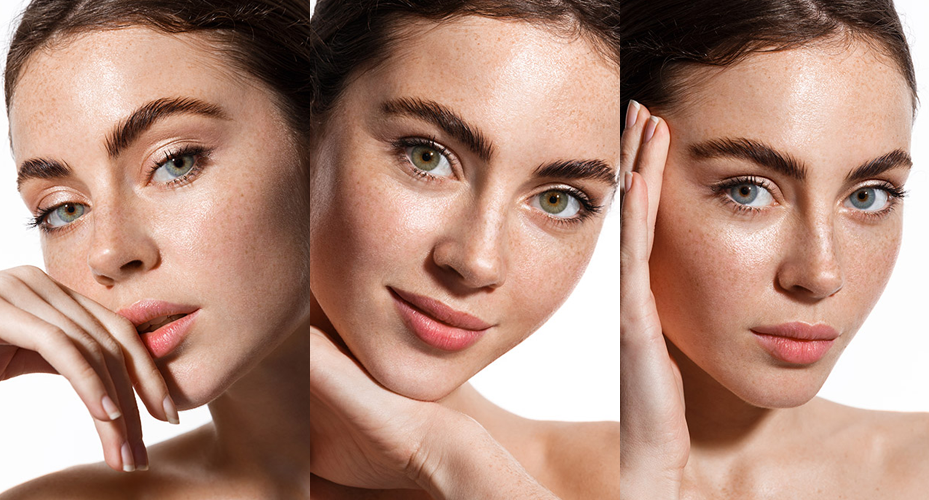
Solotica is widely recognized as the world's most natural-looking colored contact lens brand. As a US FDA-approved brand with international registration, Solotica offers several collections:
- Solotica Hidrocor: Yearly lenses without limbal rings for the most natural look
- Solotica Natural Colors: Monthly lenses with subtle limbal rings for enhanced definition
- Solotica Aquarella: Available in both quarterly and daily disposable options
- Solotica Hidrocor Rio: Inspired by the natural beauty of Rio de Janeiro
2. Air Optix Colors
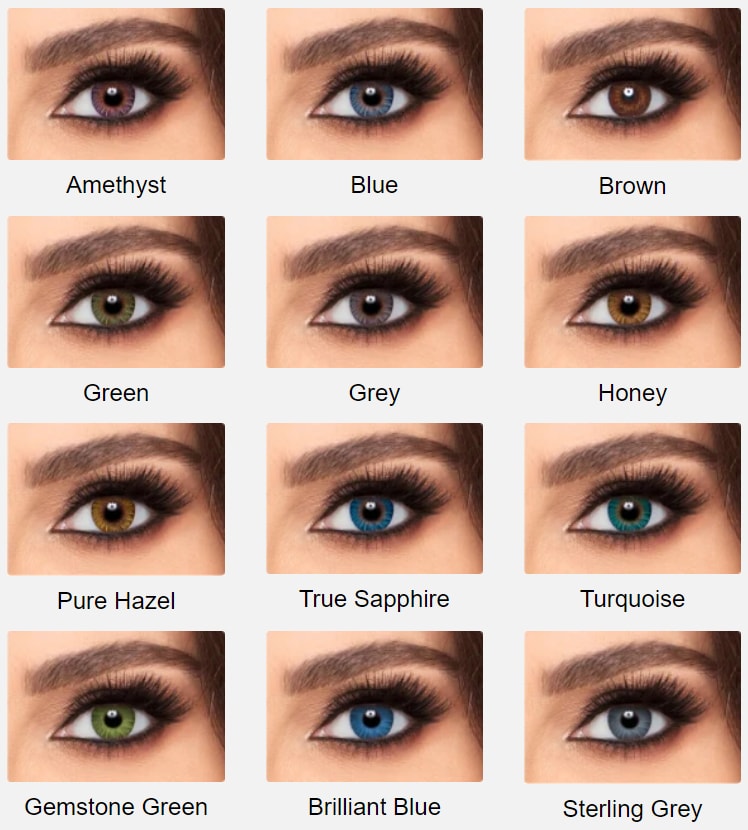
Manufactured by Alcon (formerly Ciba Vision), Air Optix Colors offers monthly disposable lenses with advanced breathability technology. These FDA-approved lenses provide excellent comfort while delivering vibrant color transformation.
3. Acuvue Define
Created by Johnson & Johnson, Acuvue Define lenses focus on enhancing your natural eye color rather than completely changing it. These daily disposable lenses are ideal for those seeking subtle enhancement with the comfort and safety reputation of the Acuvue brand.
4. Freshlook (Discontinued - Alternatives Available)
While Freshlook has been officially discontinued, many safe alternatives exist from other FDA-approved manufacturers. If you were a Freshlook user, consult with your eye care professional about suitable replacements.
5. Bella Color Contact Lenses
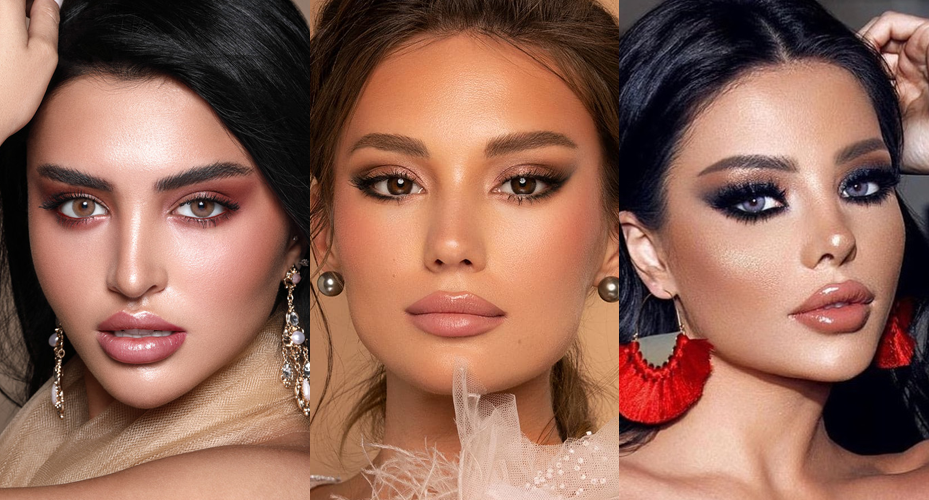
Manufactured in South Korea, Bella lenses are FDA-approved and known for their comfort and natural appearance. They offer various collections suitable for different aesthetic preferences.
6. Anesthesia Color Contact Lenses

Originally from Kuwait but manufactured in South Korea, Anesthesia lenses combine Middle Eastern design aesthetics with advanced Korean lens technology. These monthly disposable lenses are FDA-registered and offer three distinct collections.
How to Choose Colored Contacts: A Step-by-Step Guide
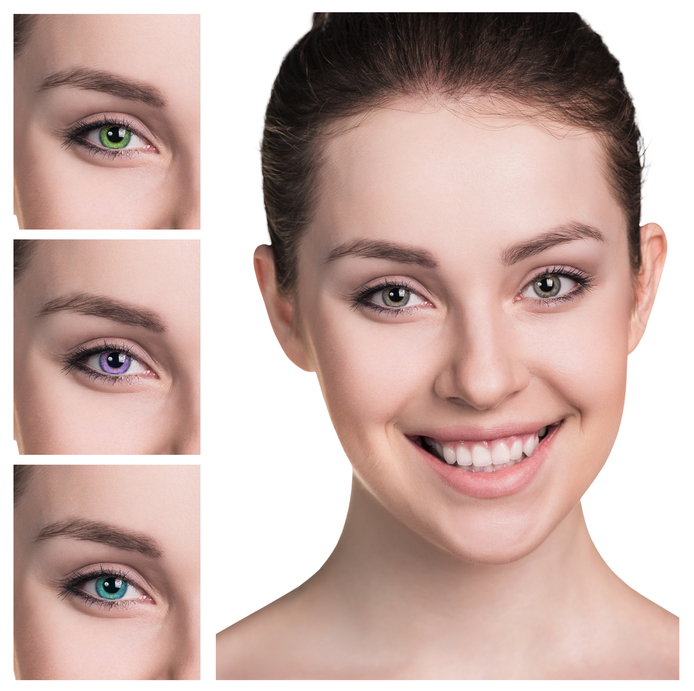
Choosing the right colored contacts involves several important considerations beyond just picking your favorite color. Here's how to make the best choice for your needs:
Step 1: Schedule an Eye Examination
Even if you have perfect 20/20 vision, you need a prescription for colored contacts. During your eye exam, your optometrist will:
- Assess your overall eye health
- Measure your eye's curvature and size
- Determine the best contact lens parameters for your eyes
- Discuss your goals and preferences for colored contacts
Step 2: Consider Your Natural Eye Color
Your starting eye color significantly impacts which colored contacts will work best:
For Light Eyes (Blue, Green, Gray, Light Brown):
- Enhancement tints can deepen and intensify your natural color
- Opaque tints can create dramatic color changes
- Most colors will show up well on light eyes
For Dark Eyes (Dark Brown, Black):
- Opaque tints are essential for visible color change
- Enhancement tints typically won't show on very dark eyes
- Look for lenses specifically designed for dark eyes
Step 3: Choose Your Lens Type
Enhancement vs. Opaque Lenses
- Enhancement Lenses: Semi-transparent tints that enhance your natural eye color
- Opaque Lenses: Completely cover your natural eye color with a new shade
Replacement Schedule Options
- Daily Disposables: Perfect for occasional wear or trying new colors
- Monthly: Most popular option for regular wearers
- Quarterly: Good balance of cost and convenience
- Yearly: Most cost-effective for daily wearers
Step 4: Consider the Occasion
Think about when and why you'll be wearing colored contacts:
- Everyday wear: Choose natural-looking colors that complement your style
- Special occasions: Consider more dramatic or unique colors
- Professional settings: Opt for subtle enhancements rather than obvious changes
- Costume/cosplay: Ensure even decorative lenses have proper prescriptions
Prescription vs. Non-Prescription Colored Contacts
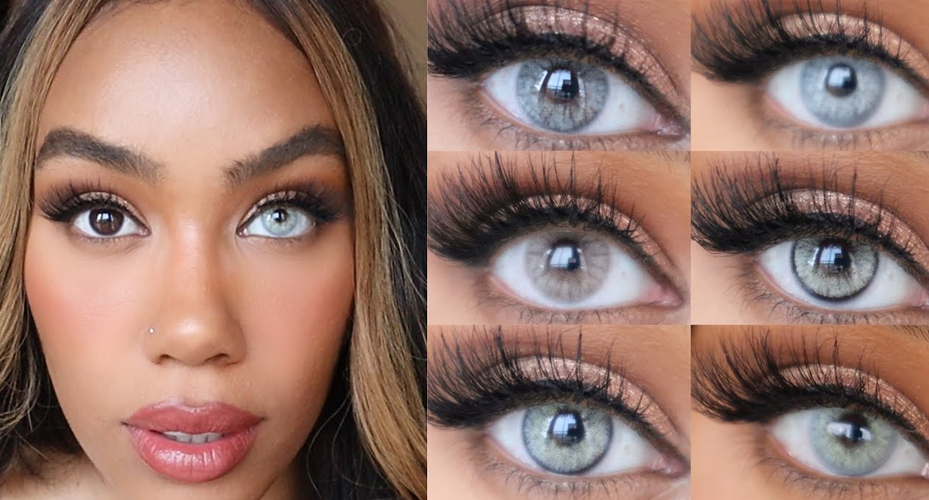
Understanding the difference between prescription and non-prescription colored contacts is crucial for your safety and legal compliance.
Prescription Colored Contacts
Legal and Safe Options:
- Require a valid prescription from a licensed eye care professional
- Must be fitted specifically for your eyes
- Available with or without vision correction
- Regulated by the FDA as medical devices
- Purchased from licensed retailers who verify prescriptions
Non-Prescription Colored Contacts
Important Legal Note: In the United States, it's illegal to sell contact lenses without requiring a prescription. Any retailer selling "non-prescription" contacts is breaking federal law.
Risks of Illegal Non-Prescription Contacts:
- Improper fit leading to eye damage
- Unregulated materials and manufacturing
- No quality control or safety testing
- Higher risk of contamination and infection
- No medical supervision or follow-up care
According to Warby Parker, even cosmetic colored contacts that don't correct vision still require a prescription because they're medical devices that must be properly fitted to your individual eye shape and size.
Safety Tips for Wearing Colored Contacts

Following proper safety protocols is essential for maintaining healthy eyes while enjoying colored contacts:
Before You Buy
- Get a comprehensive eye exam from a licensed optometrist or ophthalmologist
- Obtain a valid prescription that includes brand name, lens measurements, and expiration date
- Purchase only from reputable retailers who require and verify prescriptions
- Verify FDA approval of the specific brand and model you're considering
Daily Use Guidelines
- Follow wearing schedules: Don't exceed recommended daily wear times (typically 6-8 hours)
- Never sleep in contacts unless specifically designed for extended wear
- Remove immediately if you experience pain, redness, or vision changes
- Don't wear while swimming or in water activities
Proper Care and Maintenance
- Use only recommended cleaning solutions - never use water, saliva, or homemade solutions
- Replace lens cases every 3 months to prevent bacterial contamination
- Follow replacement schedules strictly - don't try to extend the life of disposable lenses
- Store properly in fresh solution, never reuse old solution
Warning Signs to Watch For
Contact your eye doctor immediately if you experience:
- Persistent redness or irritation
- Pain that doesn't resolve quickly
- Discharge from the eyes
- Sudden vision changes
- Feeling like something is stuck in your eye
Where to Buy Safe Colored Contacts

Purchasing colored contacts from the right sources is crucial for your safety and legal compliance.
Reputable Sources
Licensed Eye Care Professionals:
- Optometrists and ophthalmologists
- Optical shops with licensed professionals on staff
- Vision care chains with proper licensing
Legitimate Online Retailers:
- Must require and verify prescriptions
- Should offer FDA-approved brands only
- Provide customer service and return policies
- Examples: lens.me, major optical chains' websites
Sources to Avoid
According to the FDA, never buy colored contacts from:
- Street vendors
- Beauty supply stores
- Flea markets
- Novelty or Halloween stores
- Gas stations or convenience stores
- Unlicensed online sellers
- Social media marketplace sellers
Red Flags When Shopping
Be wary of retailers who:
- Don't require a prescription
- Sell contacts at unusually low prices
- Don't ask for your doctor's contact information
- Can't provide proof of FDA approval
- Pressure you to buy without proper fitting
Cost Considerations and Insurance
The cost of colored contacts varies significantly based on several factors:
Price Factors:
- Brand and quality level
- Replacement schedule (daily vs. monthly vs. yearly)
- Prescription requirements
- Enhancement vs. opaque lenses
Typical Price Ranges:
- Daily disposables: $1-3 per lens
- Monthly lenses: $15-50 per pair
- Yearly lenses: $50-150 per pair
Insurance Coverage: Most vision insurance plans don't cover cosmetic colored contacts unless they also provide vision correction. However, the initial eye exam required for the prescription is typically covered.
The Future of Colored Contact Lenses
The colored contact lens industry continues to evolve with new technologies and safety improvements:
Recent Innovations:
- Improved oxygen permeability for healthier wear
- More natural-looking color patterns and designs
- Better materials for enhanced comfort
- Smart contacts with health monitoring capabilities
Safety Improvements:
- Enhanced manufacturing quality control
- Better regulatory oversight
- Improved education about proper use and care
- Advanced detection of counterfeit products
Conclusion: Enjoying Colored Contacts Safely
Colored contact lenses can be a safe and enjoyable way to enhance or transform your appearance when approached responsibly. The key to safe colored contact wear lies in proper medical supervision, choosing FDA-approved products, and following all care instructions meticulously.
Remember these essential points:
- Always get a prescription from a licensed eye care professional, even for cosmetic lenses
- Choose only FDA-approved brands from reputable retailers
- Follow all care and wearing instructions precisely
- Never compromise on safety for convenience or cost savings
- Schedule regular follow-up appointments to monitor your eye health
By following these guidelines and working with qualified eye care professionals, you can safely enjoy the transformative power of colored contact lenses while protecting your precious vision for years to come.
For more information about contact lens safety and regulations, visit the FDA's contact lens safety page or consult with your local eye care professional.
FAQ: The Complete Guide to Colored Contact Lenses (2025)
Sources and References:
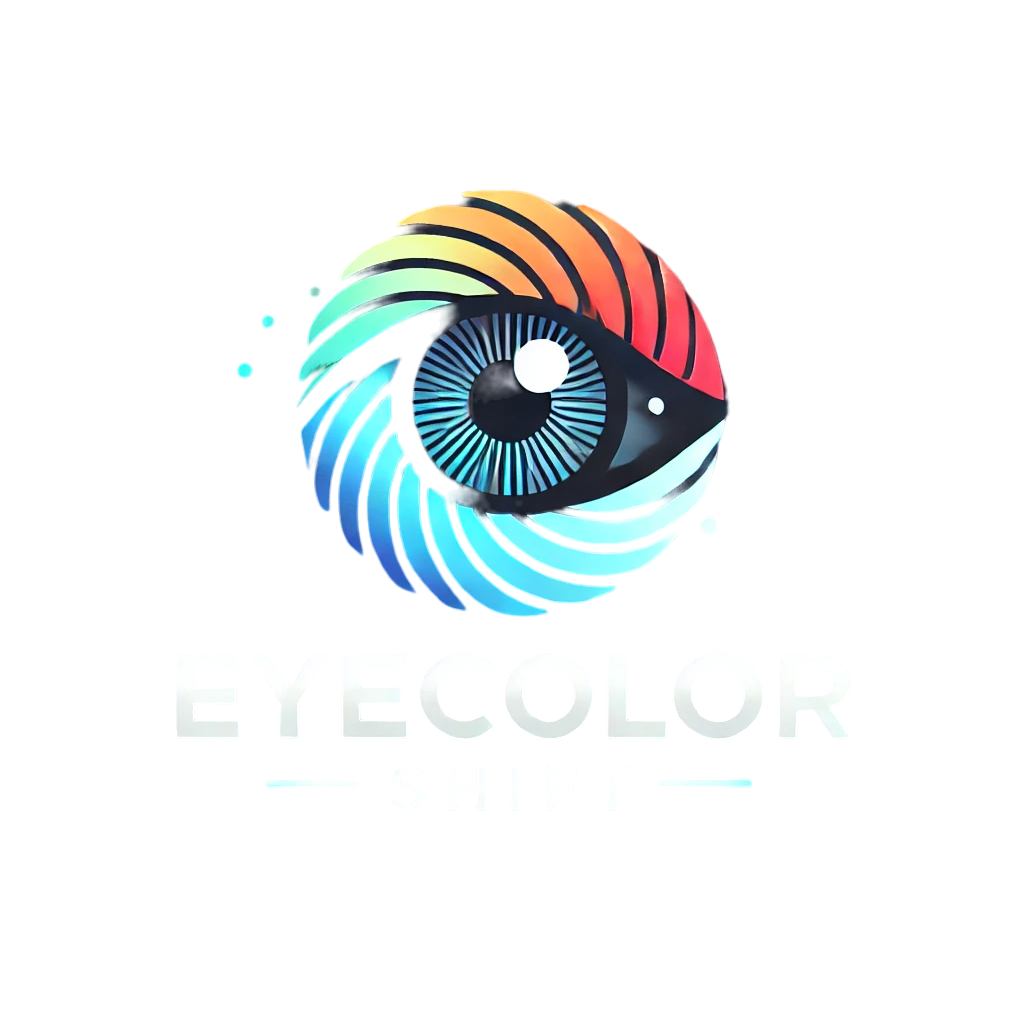
Leave a Reply